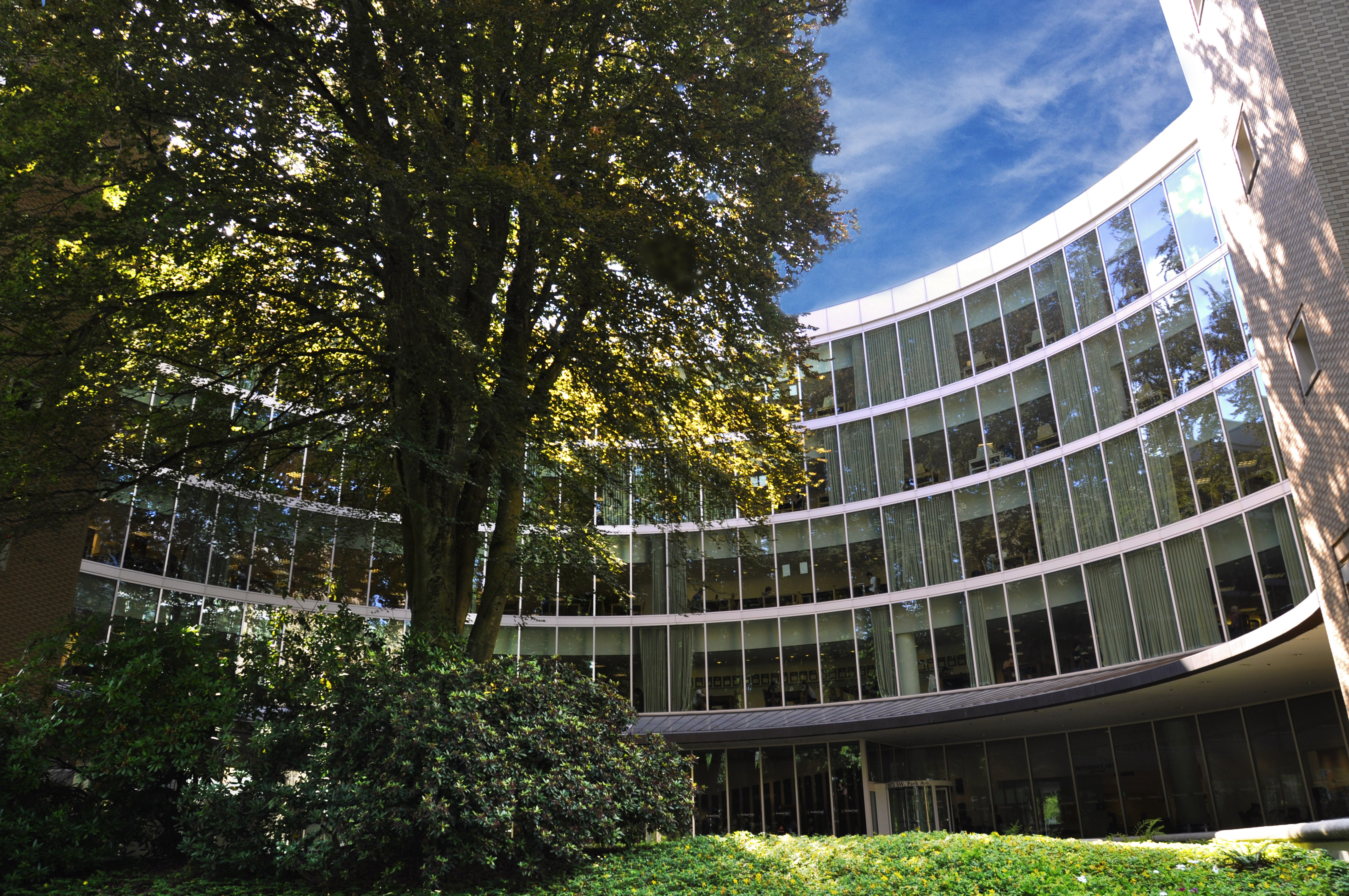Represented university workers may potentially call for a strike in the coming weeks or months if they cannot reach a contract agreement with university management.
There are around 750 of these workers currently at Portland State and 5,000 total for all seven public universities. These workers are represented by the SEIU Local 503 labor union and are made up of non-teaching staff such as information technology workers, office staff, groundskeeping and dining services and facilities.
It has been 24 years since this class of represented workers last had a strike. Their old contract first expired on June 30, but they had two one-month extensions to continue with the negotiations. The contract officially expired on Aug. 31, and represented workers have since been working without one.
The union workers have been negotiating the new contract, which would last two years, since February of this year.
“This has been a very challenging negotiation,” said Rob Fullmer, IT specialist and bargaining chair for PSU. “We came within 23 hours of striking in 2013, and I thought we were much closer together than we are this time. This time we’re just really far apart and it’s not just economics, but it’s also this mentality that [management] feels like they can kind of tell us what they want, and we’re going to have to just do it. That’s not how bargaining works, and ultimately that’s not what’s going to happen.”
Both sides gave their final and best offers on Aug. 23. Neither side could accept the other, triggering an impasse. The impasse is a 30-day cooling off period after which workers can call for a strike.
“Our contract fight is about respect,” Fullmer said. “It’s about making sure our represented workers are treated with the dignity they deserve for the work they do. I mean, they have to make us a contract offer that’s going to allow us to keep pace with our costs, and if they can’t do that then we’re going to walk.”
Negotiations so far
After six months of negotiating, Fullmer said there are still several open articles in their contract still to be agreed upon. The contract has 69 articles total, covering everything from compensation, discipline and discharge, work schedules to mutual respect.
“[Management] opened an extraordinarily large number of articles where they proposed language that we feel would have negative consequences for our members, i.e. takeaway things that we currently have under our current contract,” Fullmer said.
Ten of those articles are non-economic, which Fullmer said need to be resolved before moving on to the open economic articles, which require the universities to commit to spending money.
The open economic articles include Cost Of Living Adjustments and step adjustments—these steps are a fixed number of 4.75% pay increases built into a worker’s contract so that over the course of about nine years, these workers can reach market wages.
The union’s best and final offer asked for a 3.75% COLA increase in the first year, a 3.5% COLA increase in 2020, a new top step for workers than have been “topped out” and to eliminate the lowest step increase.
“We’re trying very hard to negotiate a contract where our members don’t fall farther behind,” Fullmer said. “20% of our represented workers are food stamp eligible for a family of three working full time.”
University management’s best and final offer proposed no COLA increase in 2019, a 1% COLA increase in March 2020, a 0.75% increase in November 2020 and a .75% COLA increase in March 2021. Management also proposed a six-month delay for step increases in the second year of the contract, which Fullmer said could mean any worker hired after Jan. 1 would not see a step increase in the second year of their contract.
“Our overriding approach is to balance needs of our important classified staff with needs of all of our stakeholders at the university, with students before our primary concern,” stated Diane Saunders, associate vice president of communications and public affairs at Oregon Institute of Technology and spokesperson for university management. “All of our negotiations revolve around what is best for all stakeholders.”
“We believe strongly the 12% increase we are offering over a two-year period—which is a combination of COLAs and step increases—is very fair and also balances student costs and needs,” Saunders continued. “SEIU is asking for 18% over two years. There are very few service employees anywhere in any sector receiving that level of increase.”
However, of the 5,000 represented workers in the state, Fullmer said 27% have already reached their final step and only get pay increases associated with COLA. Fullmer also added there are people who have reached their top step who make less than $25,000 a year.
“I’ve been working at PSU for 15 years in January; I’ve been stepped out for a while,” said Fulllmer. “I live in Portland, 1% is what my COLA was [last fiscal year], and my real costs went up by considerably more than that, because they did for everyone who lives in Portland. So my real buying power went down over the last year.”
SEIU’s website also states: “Presidents of Oregon’s largest public universities are paid more than $600,000 a year, more than six times as much as Oregon’s governor. Four university coaches have a base salary of $1 million or more. There are 70 people who make $400,000 or more and 411 who make more than $200,000.”
Oregon universities also received an additional $100 million in the budget this biennium from the state—a 13.7% increase over the last biennium’s budget.
“If you were to ask students, ‘would you rather have 20 food service workers have a 3% COLA or one $250,000 paid administrator get a 3% COLA, which would you choose?’” Fullmer said. “I think every student would choose the 20 food service workers. So I just don’t think the university’s priorities align with those of the community that it serves, and that’s what needs to be fixed.”
Further negotiations have been set for Sept. 11, 12 and 13, and again on Sept. 23 and 24.
“The universities are hopeful we can avoid a strike, as both parties share a desire to welcome our students back later this month without the disruption that a strike would bring,” Saunders stated.
“We believe in the mission,” Fullmer said. “We care about higher education, we care about the success of the institutions for which we work. We want our students to succeed and to go on to live happy, productive lives from [getting] their degree here, so we want to be just treated the same. We don’t want better treatment than anyone.”






